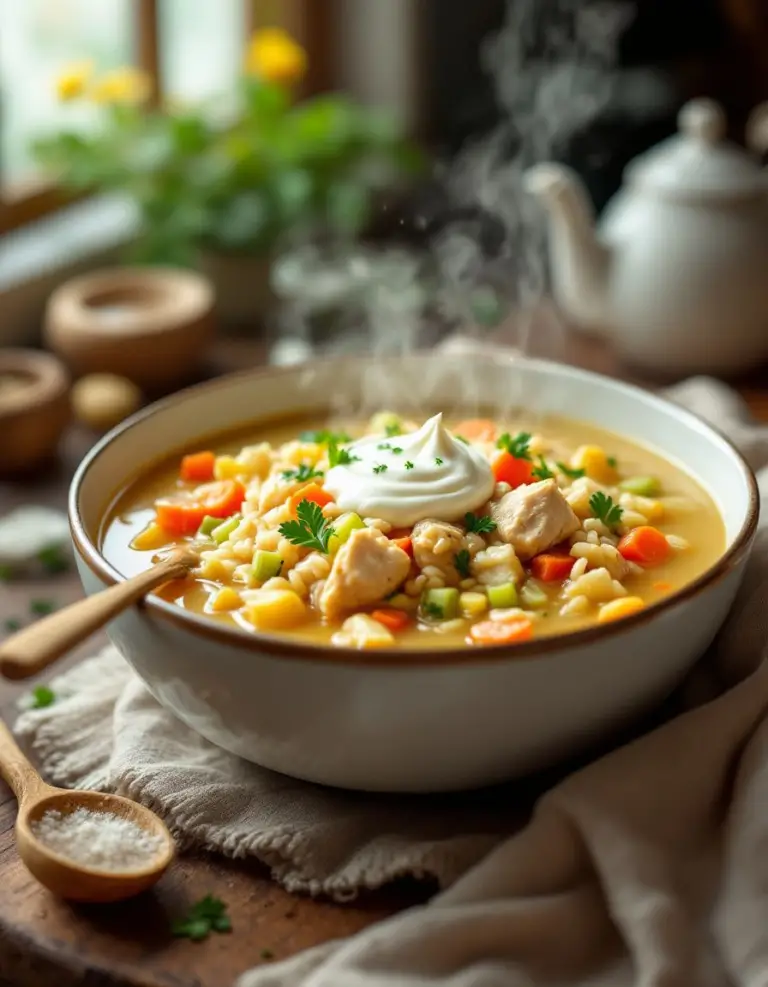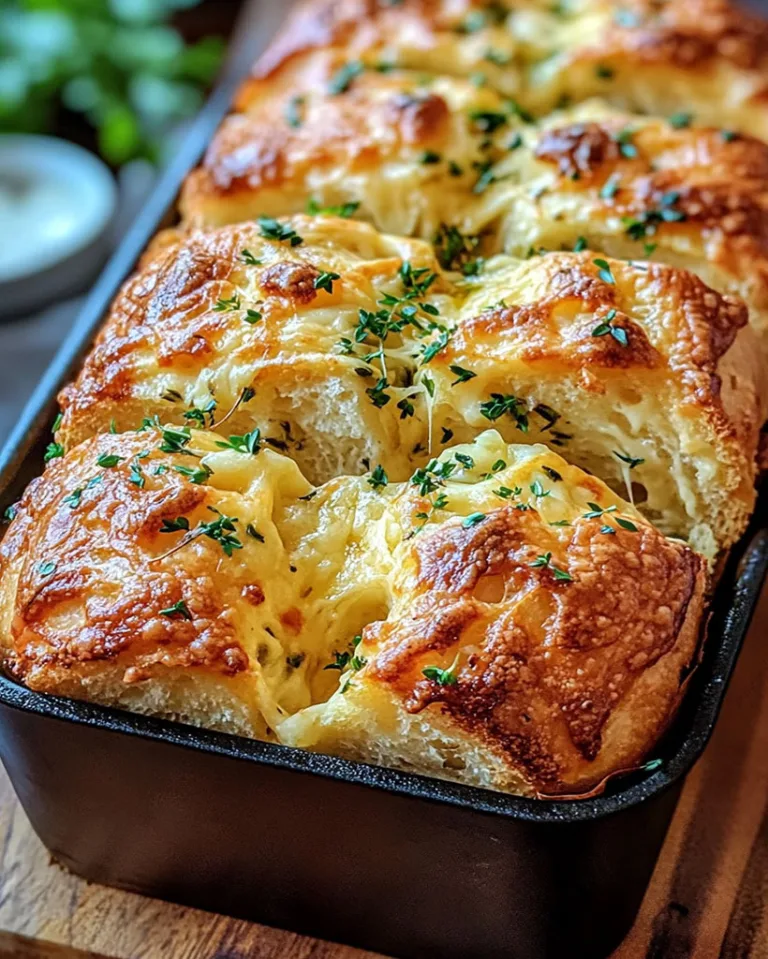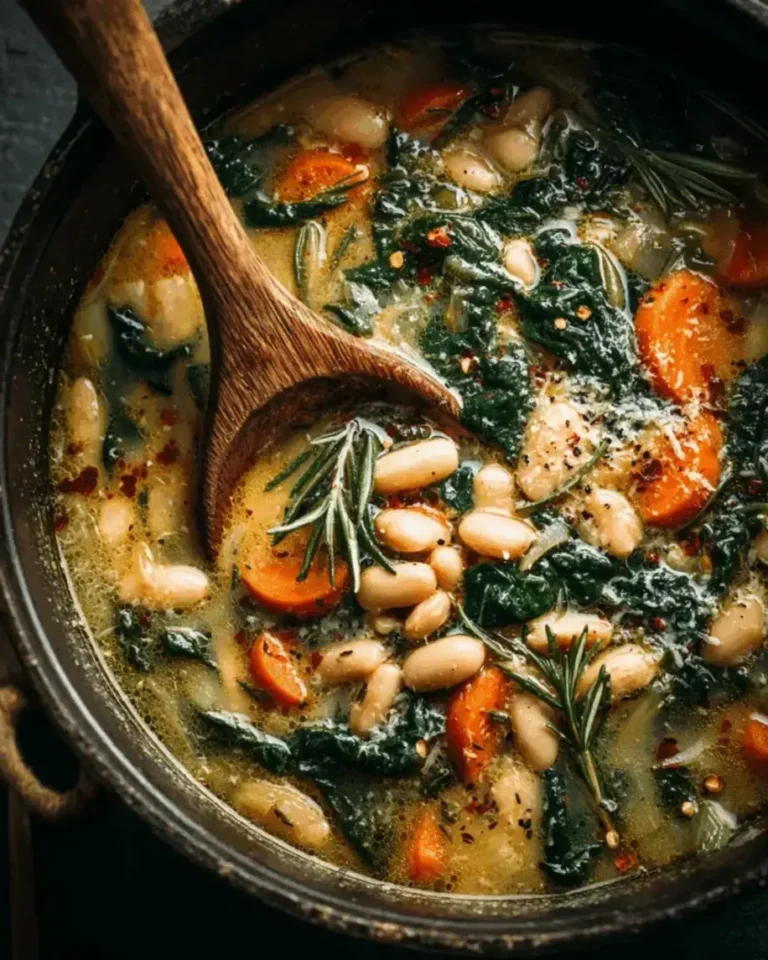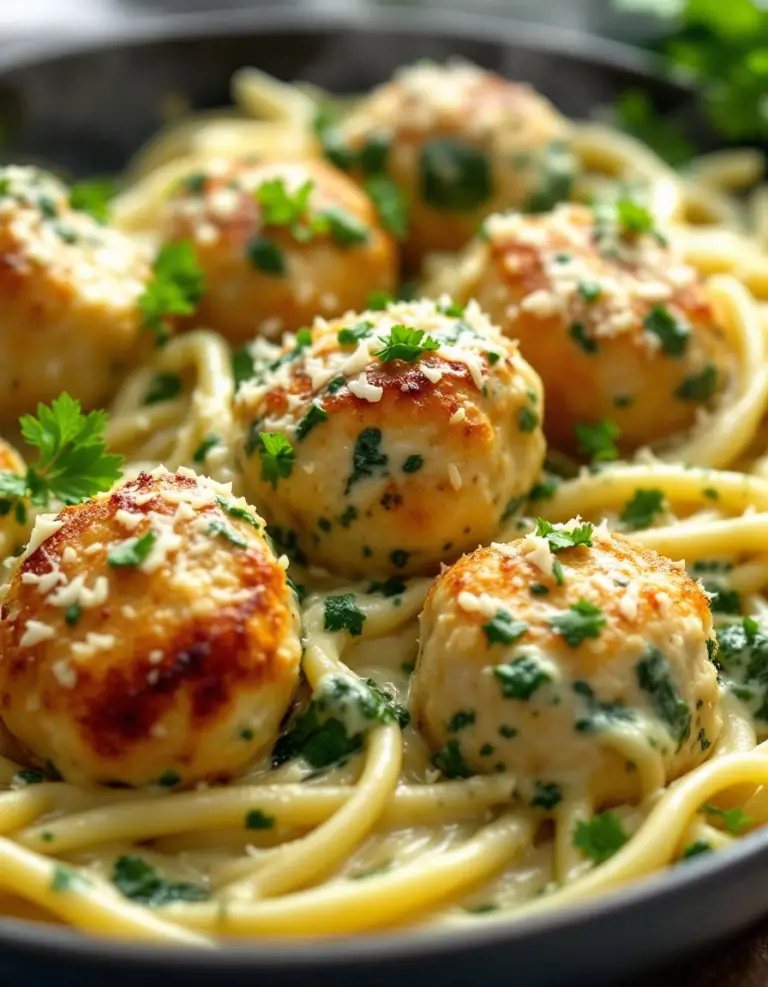Quick Chicken Teriyaki Noodles – Ready in 30 Minutes
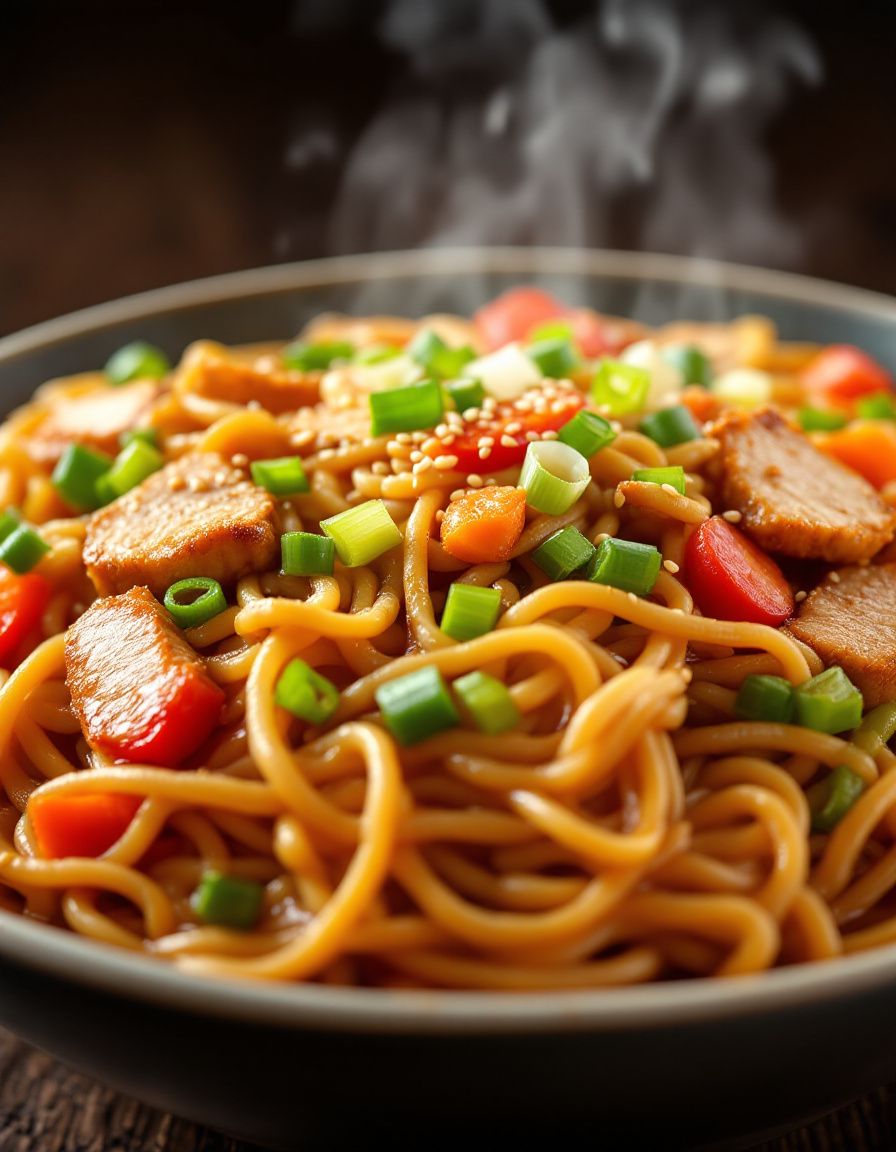
Chicken Teriyaki Noodles – Quick, Flavorful & Irresistible!
The Chicken Teriyaki Noodles recipe is a delectable fusion of flavors, offering a delightful balance of savory, sweet, and umami notes. In just 25 minutes, this quick dish can transport you straight to the streets of Japan with its rich teriyaki sauce and tender chicken. Imagine the succulent pieces of chicken coated in a glossy, flavorful sauce, surrounded by perfectly cooked noodles and crisp vegetables. This dish is not just about sustenance; it’s an experience that fills your kitchen with enticing aromas and your dining table with vibrant colors.
Simple yet satisfying, Chicken Teriyaki Noodles is a family favorite ideal for busy weeknights. The beauty of this recipe lies in its versatility; you can easily customize it with seasonal vegetables or additional protein sources. With every bite complemented by the tangy sauce, fresh ingredients, and the satisfying chew of the noodles, you’ll find it hard to resist going back for seconds. Whether you’re cooking for a crowd or just for yourself, this dish guarantees a delightful mealtime.
Quick Recipe Highlights
- Flavor Profile: A harmonious blend of sweet teriyaki sauce, savory chicken, and fresh vegetables creates a culinary delight.
- Texture: The noodles provide a chewy base, complemented by tender chicken and crunchy veggies for a delightful mouthfeel.
- Aroma: The enticing scent of soy sauce, garlic, and ginger will fill your kitchen, inviting everyone to the table.
- Visual Appeal: Vibrant colors from the vegetables and glistening sauce make this dish as stunning as it is delicious.
- Skill Level Needed: Suitable for novice cooks, this dish requires minimal culinary skills, making it perfect for anyone.
- Special Equipment: A large skillet or wok is essential to achieve that perfect stir-fry texture.
Recipe Overview
- Difficulty Level: The Chicken Teriyaki Noodles are easy to prepare, requiring just basic cooking techniques, making it accessible for all.
- Category: This recipe falls under main courses, perfect for family dinners or casual gatherings with friends.
- Cuisine: Rooted in Japanese culinary traditions, teriyaki is a popular cooking technique that highlights flavors using soy sauce and mirin.
- Cost: With an approximate cost of $15, this recipe is budget-friendly, incorporating everyday ingredients.
- Season: Enjoy this dish all year round; it’s particularly lovely in spring and summer when fresh vegetables are abundant.
- Occasion: Perfect for family weeknight dinners, meal prep for lunch, or even casual entertaining.
Why You’ll Love This Recipe
The delightful taste and texture of Chicken Teriyaki Noodles are sure to win over even the pickiest eaters. The savory chicken pairs beautifully with the sweet and tangy teriyaki sauce, while the noodles provide a satisfying base that ties the dish together. Each bite is bursting with flavor, and the added vegetables contribute a fresh crunch, making it a well-rounded meal that doesn’t compromise on taste or satisfaction.
When it comes to convenience, this recipe is a winner. With a prep time of only 15 minutes and a quick cook time of 10 minutes, you’ll have a delicious meal on the table in less than half an hour. It’s perfect for those hectic weeknights when you need a reliable dish that can be thrown together in minimal time without sacrificing flavor or quality.
Nutritionally, this recipe offers a healthy mix of protein from the chicken and a variety of vitamins and minerals from the vegetables. Teriyaki sauce adds flavor without overwhelming the palate, allowing you to enjoy a balanced meal that’s light yet fulfilling. You can easily personalize it with your choice of veggies, ensuring everyone gets a dose of their favorite nutrients.
Socially, Chicken Teriyaki Noodles shine during meals shared with family and friends. It’s a versatile dish that can be adapted to suit diverse tastes, making it pleasing to a wide range of diners. Plus, the vibrant presentation adds an element of excitement to gatherings; people are always eager to dig into a colorful bowl of noodles!
Lastly, this recipe is cost-effective and accessible, making it a staple in any kitchen. The ingredients are readily available at grocery stores, and the overall expense is quite budget-friendly. This makes it a great choice for students, families, and anyone looking to enjoy delicious food without breaking the bank.
Historical Background and Cultural Significance
The origin of teriyaki dates back to Japanese feudal times, where the traditional cooking method involved grilling or broiling marinated meat. Over the years, teriyaki has evolved to become a beloved staple worldwide, transitioning from a Japanese delicacy to a global favorite. The unique combination of soy sauce, mirin, and sugar has transformed how many cultures view marinades and sauces.
Culturally, teriyaki represents more than just a cooking method; it symbolizes the melding of flavors that define Japanese cuisine. Teriyaki dishes often highlight freshness and simplicity, focusing on high-quality ingredients without overcomplicating flavors. This approach has influenced many Western cooks, who appreciate these values in their culinary practices.
As the recipe for Chicken Teriyaki Noodles has spread beyond Japan, adapting to various regional tastes has resulted in a multitude of variations. In several countries, chefs have experimented with different proteins and vegetables, allowing teriyaki to maintain its essence while embracing local culinary traditions.
Today, Chicken Teriyaki Noodles continue to bring people together, serving as a meal that is both comfortingly familiar and excitingly flexible. This dish reflects culinary globalization, indicating how food can traverse boundaries while still honoring its roots.
Ingredient Deep Dive
Chicken is the main ingredient in this recipe, commonly used in Asian cuisine for its adaptability and flavor. Historically, chicken has been a staple protein source for many cultures, known for its availability and versatility. Nutritionally, chicken is a fantastic source of lean protein and essential vitamins including B6 and niacin. When selecting chicken for this dish, look for breasts or thighs that are free-range or organic for the best flavor. Store raw chicken in the refrigerator for up to two days or freeze for longer preservation. If you’re out of chicken, feel free to substitute it with tofu for a vegetarian option.
Soy sauce is the key to the teriyaki flavor profile, offering a salty depth that enhances each ingredient in the dish. Originating as a fermented product in East Asia, soy sauce adds umami and complexity. Nutritionally, it’s relatively low in calories and contains antioxidants. When choosing soy sauce, opt for low-sodium varieties if you’re concerned about salt intake. Store soy sauce in a cool, dark place to maintain its flavor longevity, and if gluten is a concern, there are gluten-free versions available.
Fresh vegetables such as bell peppers, snap peas, or broccoli are also essential for this dish. Vegetables have been fundamental to various diets throughout history for their nutritional value and contribution to flavor and texture. Commonly, they contain high levels of vitamins A and C while providing dietary fiber. Look for vegetables that are vibrant and firm when fresh. Store vegetables in the refrigerator to prolong their freshness and ideally, consume them within a week. Seasonal options can easily be swapped in, such as zucchini or carrots, for different flavors and nutrients.
Common Mistakes to Avoid
- Not marinating the chicken long enough. It’s essential to allow ample time for the chicken to absorb the flavors of the teriyaki sauce. A minimum of 30 minutes is advisable.
- Overcooking the noodles. Cook them just until al dente; overcooked noodles can become mushy and lose their appealing texture.
- Using too much sauce. Balance the amount of teriyaki sauce to prevent the dish from becoming overly salty or sweet. Reserve some for drizzling before serving.
- Ignoring vegetable preparation. Chop vegetables uniformly for even cooking; very large pieces can lead to uneven textures in the final dish.
- Cooking chicken at too high a temperature. This can result in burnt outside with raw inside; aim for medium heat for even cooking.
- Skipping the aromatics. Do not forget garlic and ginger as they are key to building flavor. Use both fresh and minced for better depth.
- Overcrowding the pan. Cooking in batches helps to maintain high heat, preventing the chicken from steaming rather than frying.
- Not adjusting soy sauce for dietary needs. Be mindful and use low-sodium options if needed for health considerations.
- Neglecting to taste as you cook. Regular tasting allows for flavor adjustments throughout the cooking process.
- Using outdated or poor-quality ingredients. Always check your ingredients to ensure the best flavor and safety of your dish.
Essential Techniques
To achieve the perfect stir-fry, it’s essential to understand the importance of high heat. High heat ensures that the chicken gets a beautiful sear while keeping it tender. Start by heating your pan before adding oil and ingredients to seal in moisture and enhance flavors. Common pitfalls include overcrowding the pan, which can lower the temperature and lead to steaming instead of frying. Visual cues for success involve the chicken turning golden brown, indicating it has seared properly.
Another important technique is mastering the art of marinating. Marinating the chicken in the teriyaki mix infuses flavor and tenderizes meat. To master it, allow time for the marination process and remember that the longer the chicken sits, the deeper the flavor. A common error is using too much marinade; aim for a balance to let the meat shine without overpowering it. A good visual cue is to keep an eye on the color change, reflecting flavor absorption.
Pro Tips for Perfect Chicken Teriyaki Noodles
Start by ensuring you have all your ingredients prepped before cooking, known as mise en place. This streamlines the cooking process, minimizing stress.
For the freshest flavor, use seasonal vegetables. These will add a different dimension to your dish with each season.
Use high-quality teriyaki sauce, either homemade or store-bought, to elevate your chicken and noodle flavors.
Adjust your cooking time based on the thickness of the chicken pieces; thinner cuts require less time.
If you find the teriyaki flavor too sweet, add a splash of rice vinegar to balance it out.
For a gluten-free version, substitute regular soy sauce with tamari and ensure all other ingredients align.
Consider adding sesame oil at the end for a richer flavor profile; just a drizzle will enhance the dish beautifully.
Finish with freshly chopped green onions for a pop of color and an additional layer of flavor.
Variations and Adaptations
If you want to play with regional variations, try this dish with different proteins such as shrimp or beef, adjusting cooking times accordingly. For a seasonal adaptation, incorporate autumn vegetables like roasted squash or winter greens. You could also make dietary modifications, such as swapping regular noodles for gluten-free rice noodles or experimenting with zucchini noodles for a low-carb alternative.
Flavor variations can include adding a bit of chili sauce for a spicy kick or incorporating pineapple chunks for an unexpected sweetness. If you prefer a more textured dish, consider adding chopped nuts as a garnish for extra crunch. You can also alter the presentation by serving the dish in bowls topped with sesame seeds and fresh herbs.
Serving and Presentation Guide
For an appealing presentation, use wide, shallow bowls to highlight the colorful ingredients. Start by plating the noodles, arranging the chicken on top, and artfully scattering your vegetables around. Try garnishing with sesame seeds, sliced green onions, and a drizzle of additional teriyaki sauce for a glossy finish.
Traditional accompaniments like pickled ginger or wasabi can enhance the flavor of your dish while offering a beautiful contrast in color. If you’d like a modern twist, serve with a side of seaweed salad for a refreshing touch.
Serve the dish warm, as it best highlights the flavors and textures, and consider portion control by serving in smaller bowls to encourage sharing and tasting amongst guests.
Wine and Beverage Pairing
Pairing this dish with a light wine can complement the sweet and savory flavors beautifully. A crisp Sauvignon Blanc or a light Riesling works wonderfully, as they balance the richness of the teriyaki sauce. If you prefer red, opt for a light Pinot Noir that won’t overpower the dish.
For non-alcoholic alternatives, consider iced green tea or sparkling water with a wedge of lime for a refreshing complement. If your meal follows a richer course, a cup of green tea can cleanse the palate quite effectively.
Serving temperatures matter; ensure your wine is chilled, which enhances the tasting experience and refreshes the senses between bites of rich flavors.
Storage and Shelf Life
For those leftovers, store the Chicken Teriyaki Noodles in an airtight container in the refrigerator, where they will last for 3-4 days. Make sure to cool the dish before sealing it up to maintain its texture and flavor. For longer storage, this dish can be frozen; however, the texture of the noodles may change upon reheating, so consider freezing chicken and sauce separately.
When reheating, use a microwave or stovetop, adding a splash of water to prevent noodles from drying out. Always check for signs of spoilage, such as off-odors or changes in texture, to ensure food safety.
For best quality, aim to consume refrigerated leftovers within three days and any frozen leftovers within two months for optimal freshness and flavor.
Make Ahead Strategies
To streamline preparation, you can make the teriyaki sauce a few days in advance and store it in the refrigerator. You can also cut up vegetables and chicken portions in advance, allowing for quick assembly when you are ready to cook.
If you want to prepare the dish in stages, cook the noodles and chicken separately and store them in separate containers. This will help maintain texture and prevent sogginess.
For best results, assemble everything when you are ready to eat to enhance the fresh components of the dish. Keep sauces and garnishes separate until plating for a more vibrant presentation.
Scaling Instructions
To halve the recipe, simply reduce each ingredient by 50%. Cooking times may remain the same, as they are often determined by the cooking technique rather than the quantity of ingredients.
For doubling or tripling the recipe, use larger pots and more cooking space to avoid overcrowding. Keep in mind that the sauce proportions should also remain consistent to maintain flavor balance.
Timing modifications can be tricky when scaling up, as larger amounts may require slightly more cooking time. Always cook the chicken until it reaches a safe internal temperature, checking with a meat thermometer if necessary.
Storage considerations include ensuring that leftovers are stored in proportionate containers for easy future meals; always label them with the date for tracking freshness.
Nutritional Deep Dive
When analyzing the macro breakdown, a standard serving of Chicken Teriyaki Noodles may contain about 350-400 calories, predominantly from the chicken and noodles. Keep an eye on protein intake, ensuring that each serving includes ample chicken for muscle repair and recovery.
Micronutrient analysis shows that this dish is rich in vitamins A and C from the vegetables; with a handful of broccoli and bell peppers, it can provide significant antioxidants beneficial for overall health.
Health benefits stem from the inclusion of lean protein, fiber from vegetables, and the controlled use of sauces to moderate sugar levels. Being mindful of soy sauce portions can benefit individuals watching their salt intake too.
For those considering portion analysis, aim for a well-balanced plate, with half the dish filled with vegetables, a quarter with protein, and a quarter with noodles, supporting healthy eating habits.
Weight management tips could include reducing noodle portions and balancing with more veggies for a heartier, lower-calorie option while still enjoying the flavors of the dish.
Dietary Adaptations
For gluten-free diners, simply replace regular soy sauce with tamari and choose gluten-free noodles. This adaptation ensures that everyone at your table can enjoy the dish without concern.
Dairy-sensitive individuals can rest easy, as this recipe is naturally dairy-free, aligning with various dietary preferences.
For a vegan version, substitute the chicken with tofu or tempeh while keeping the teriyaki sauce as is. This modification still delivers delicious results and is plant-based friendly.
Those on a low-carb or keto diet can replace traditional noodles with zucchini or spaghetti squash, drastically reducing carb content while still enjoying the overall flavors of the dish.
Paleo enthusiasts can enjoy a version made with spiralized veggies instead of traditional noodles, allowing for all the flavors without processed ingredients.
Low-FODMAP variations may include swapping the garlic and ginger for garlic-infused oil and reducing the quantity of soy sauce, making it digestive-friendly.
Troubleshooting Guide
If your Chicken Teriyaki Noodles end up too salty, try adding a small amount of sugar or honey to balance out the flavor. Alternatively, adding fresh vegetables can dilute the saltiness by absorbing some of the flavors.
Texture issues, such as overcooked noodles, can be remedied by ensuring you rinse them quickly in cold water after cooking to stop the cooking process, preserving a firmer bite.
To balance flavor, always taste the sauce before serving, adjusting acidity with a bit of vinegar if it seems overly sweet or salty.
For equipment challenges, if your pan is losing heat, reduce the quantity you are cooking at once or opt for a heavier pan that retains heat better.
If substituting ingredients, keep in mind that cooking times may vary; for instance, using beef instead of chicken may require longer cooking times to achieve tenderness.
For timing concerns, if you find your chicken is undercooked, you can always slice it thinly and return it to the heat for a short period to finish cooking.
Recipe Success Stories
Many home cooks have enjoyed sharing their successes with Chicken Teriyaki Noodles, discovering how easy it is to adapt to their tastes. Whether they experimented with different proteins or added their favorite vegetables, these variations often receive rave reviews.
Reader suggestions often include adding sesame seeds or crushed peanuts to give the dish an extra crunch, enhancing the textural diversity. Sharing these insights helps build a sense of community around the recipe.
Photography tips often emphasize the importance of good lighting and colorful garnishes, as making the dish visually appealing can inspire more people to try their hand at cooking.
Community feedback shows people appreciate the ease of preparing a homemade version of a restaurant favorite, reinforcing how accessible and delightful this dish truly is.
Overall, the success of Chicken Teriyaki Noodles has created a wave of enthusiasm for Japanese cuisine, inspiring others to explore these flavors in their cooking adventures.
Frequently Asked Questions
Can I use chicken thighs instead of breasts?
Yes, chicken thighs can be used in this recipe! They tend to have more flavor and moisture than chicken breasts, making them a great choice for teriyaki noodles. Just ensure you adjust the cooking time accordingly, as thighs take a little longer to cook through completely.
Is teriyaki sauce gluten-free?
Traditional teriyaki sauce contains soy sauce, which typically has gluten. However, you can find gluten-free soy sauce alternatives such as tamari that work perfectly for a gluten-free teriyaki sauce. Always check the labels to be sure!
Can I make this dish vegetarian or vegan?
Absolutely! For a vegetarian or vegan version, substitute chicken with tofu or tempeh, and be sure to choose a vegan-friendly teriyaki sauce. You can also add extra vegetables or chickpeas for protein.
What type of noodles work best?
You can use several types of noodles for this recipe, including soba, udon, or even rice noodles. Choose the one that you prefer, keeping in mind that cooking times may vary based on the noodle type.
Can I freeze leftovers?
Yes, you can freeze Chicken Teriyaki Noodles, although the texture of the noodles may change upon thawing. For best results, consider freezing the chicken and sauce separately and cooking fresh noodles when you’re ready to serve it again.
How can I make it spicier?
If you like heat, consider adding red pepper flakes, Sriracha, or chili garlic sauce to your teriyaki sauce. Start with a small amount and adjust to your desired level of spiciness.
Can I add more vegetables?
Absolutely! This recipe is very flexible; feel free to add any vegetables you have on hand, such as carrots, zucchini, or any seasonal veggies. Just make sure to cook them to your desired tenderness.
Is teriyaki sauce healthy?
Teriyaki sauce is relatively high in sugar and sodium, so it’s best to use it in moderation. However, when used in moderation, it can enhance the flavor of dishes without significantly impacting health. Opt for homemade versions to control the ingredients.
Can I use store-bought teriyaki sauce?
Yes, using store-bought teriyaki sauce is perfectly fine! Just be mindful of the ingredients, as some brands may have preservatives or added sugars. Making a quick homemade sauce can be a healthier and fresher option.
What can I serve with Chicken Teriyaki Noodles?
For a complete meal, consider serving your Chicken Teriyaki Noodles with a side of steamed edamame, a simple cucumber salad, or some spring rolls for added texture and flavor. These accompaniments complement the noodles beautifully.
How do I store leftovers?
Store any leftovers in an airtight container in the refrigerator for up to 4 days. To reheat, use a microwave or stovetop, adding a splash of water to help prevent the noodles from drying out during reheating.
Additional Resources
If you love Chicken Teriyaki Noodles, explore more related recipes like Veggie Stir-Fry or Beef Lo Mein to further indulge in Asian cuisine. Cooking technique guides like stir-frying or marinating can also enhance your skills in the kitchen, and ingredient information can offer insights into sourcing seasonal produce.
Consider investing in recommended kitchen equipment, such as a high-quality wok or non-stick skillet, to improve your stir-frying game. Seasonal variations also give you the chance to adapt this and other recipes with the freshest ingredients throughout the year.
Join the Conversation
We’d love to see your photos, tips, and variations of this Chicken Teriyaki Noodles recipe! Share your creations on social media and tag us so we can celebrate your culinary success. Don’t forget to leave your feedback, as we value the experiences and insights from our community of passionate cooks.
We encourage you to engage with us through recipe reviews, where you can share how this dish turned out in your home kitchen. Recipe variations are welcome; let’s inspire one another with exciting modifications to keep things fresh and delicious!
The Recipe
Chicken Teriyaki Noodles
Serves: 4
Prep Time: 15 mins
Cook Time: 10 mins
Total Time: 25 mins
Kitchen Equipment Needed
- Large skillet or wok
- Cutting board and knife
- Measuring cups and spoons
- Mixing bowl
- Serving utensils
Ingredients
- 1 lb chicken breast, sliced
- 8 oz noodles (soba or egg noodles)
- 1 cup bell peppers, julienned
- 1 cup broccoli florets
- ¼ cup teriyaki sauce
- 2 tablespoons oil for cooking (canola or sesame)
- 1 teaspoon minced garlic
- 1 teaspoon grated ginger
- Green onions for garnish
- Sesame seeds for garnish
Directions
- Cook the noodles according to package instructions. Drain and set aside.
- In a large skillet or wok, heat oil over medium-high heat. Add chicken and cook until browned, about 5-7 minutes.
- Add garlic and ginger to the pan, sautéing for an additional minute until fragrant.
- Stir in bell peppers and broccoli, cooking until just tender, about 3 minutes.
- Pour the teriyaki sauce over the chicken and vegetables, tossing to coat everything well.
- Fold in cooked noodles, mixing until everything is heated throughout.
- Serve hot, garnished with green onions and sesame seeds.
Recipe Notes
- For extra flavor, marinate the chicken in teriyaki sauce for at least 30 minutes before cooking.
- Add in your favorite vegetables such as snap peas or carrots for added nutrition and color.
- This dish can be made ahead of time and reheated, although noodles may soften upon reheating.

